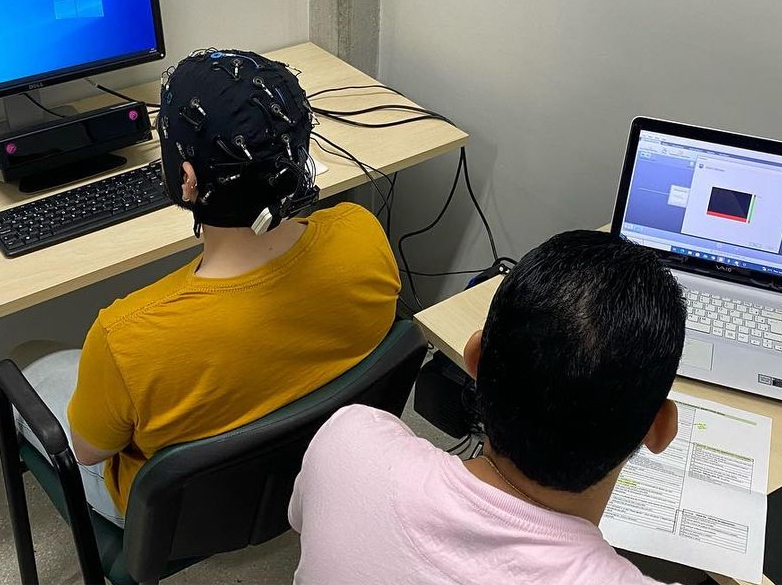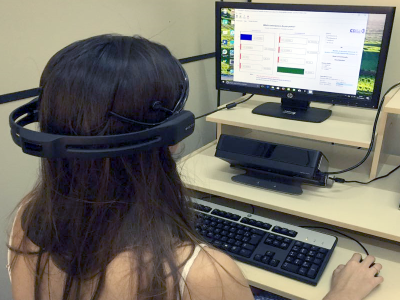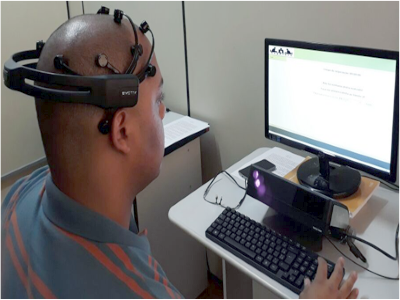The NSID is focused on disseminating multidisciplinarity and plurality of ideas that intercede with the theme of neuroscience and decision making, incorporating research in several areas of knowledge. Areas such as applied neuroscience, engineering, psychology, marketing, economics and related areas bring great contribution and applicability in the study of psychophysiological aspects, seeking as the main objective of the laboratory to answer new scientific questions.
The NSID is dedicated to the development of advanced research with a focus on the areas of decision support and negotiation, particularly involving modeling the preferences of decision makers (managers and executives from public or private organizations), supported by neuroscience tools and techniques. Similarly, marketing research is carried out in the laboratory, assessing consumer preferences in order to improve marketing actions and product development.
Decision Conferencing
The collaborative environments designed to conduct research enable the planning and execution of experiments in neuroscience using study development laboratories, data collection and a ‘decision conferencing’ room. The latter, dedicated to behavioral studies for groups of decision makers and specialists (in person or not), and can also use problem structuring methods (PSM), as illustrated below.

Decision Conferencing is an analytical group decision approach for prioritizing an organization’s activities, in which decision models are developed and explored through a series of facilitated workshops. The stakeholders nvolved in the decision process can be physically close or remotely, making it necessary to use information technologies.
Typically, these workshops are supported by a computer, with specialized software being used to capture models, perform calculations and perform sensitivity analyzes. In this way, it provides a social process for decision making, promoting shared understanding of issues, a sense of common purpose and a commitment to the way forward.

The main elements of a decision conferencing are:
- Key actors – people who want to resolve relevant issues in the organization.
- Facilitator – specialist in decision analysis and works as a process consultant.
- Model – represents the collective view of the group at any point during its generation and modification, and serves as a means of analyzing the impact of differences in perspective or uncertainty in the data.
Studies Developed
One of the studies analyzes behavioral aspects in the holistic analysis of potentially optimal alternatives, with a view to the design of Decision Support Systems (SAD). Below is shown the collection for the experiment applied to SAD FITradeoff (www.fitradeoff.org), with the aim of providing input to the ‘Decision Analyst’ in his decision support process, also applying to the visualization design improvement of the SAD.


Below is shown the collection process in the experiment to elicit preferences with SAD FITradeoff.

In another study, psychophysiological metrics are analyzed during interactions between individuals and the NegPlace trading support system (www.negplace.com). The image below shows the experimental stage of data collection using the equipment of Eye-tracker and Electroencephalogram, in order to analyze the stress, attention and cognitive effort spent when evaluating information made available by the system in the formulation of offers and counter offers. This study aims to propose improvements and systemic adaptations in relation to cognitive ergonomics in decision support systems.

In a neuromarketing/consumer neuroscience study, the layout of packaging elements was evaluated and their impact on attention and purchasing interest.

